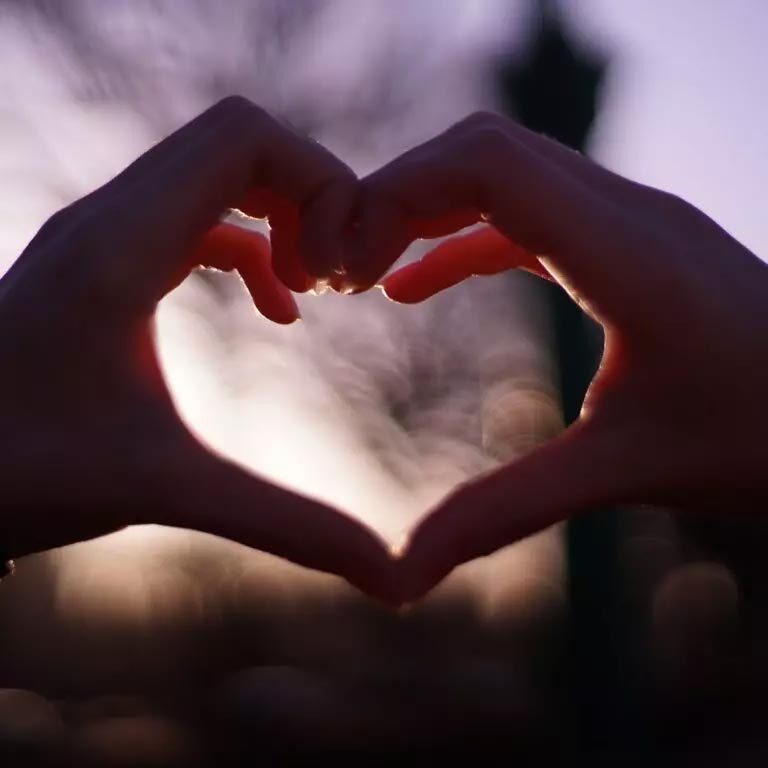Many drinks brands don't realise who they are actually up against
Brands build up a customer stereotype for communication purposes and then assume that all of their customers are like that
We did a presentation to an upmarket pizza chain last year that included an analysis of which other restaurants their customers visited. The most popular were places such as JD Wetherspoon, Starbucks, KFC and Pizza Hut – but the audience was sceptical as they had believed that their main competition was similarly priced premium Italian restaurants rather than all other eating out places.
This is a common blindspot of comprehension – brands build up a customer stereotype for communication purposes and then assume that all of their customers are like that. Byron Sharp in “Why Brands Grow” has a whole chapter (titled “Who Do You Really Compete With?”) on this Duplication of Purchase Law – all brands within a category share their customer base with other brands in line with the size of those other brands.
The same pattern is evident in the drinks industry. BrandVue Drinks data for 2020 shows us that of those who bought Brew Dog Punk IPA in the last three months, 45% also bought Heineken, 42% also bought Budweiser, and 40% also bought Carling. In other words, Punk IPA is competing with all beers not just similar styled craft beers. It’s the same in other categories – in the cider market for example 65% of recent buyers of the Brew Dog owned cider Hawkes also bought Strongbow Original, and 58% also bought Magner’s. Hawkes doesn’t just compete with equally cool and edgy craft ciders; it competes with all ciders. And the data shows that recent buyers of Moët & Chandon champagne also bought Casillero del Diablo (59%), Campo Viejo (52%) and Echo Falls (33%), which are considered more everyday wine brands.
A broader definition of a brand’s competitive set is required. Craft beer for example, doesn’t just compete with other beers. It competes with all drinks, just as cider, champagne, vodka and other categories do. Recent buyers of Punk IPA for example also bought Smirnoff vodka (42%), Kopparberg cider (44%), WKD (26%), J2O (46%) and Moët & Chandon champagne (24%) – a wide variety of categories and premium vs everyday brands.
Using BrandVue Drinks data we could list 350 brands that Punk IPA buyers also bought (and we’d know without even checking that they’re more likely to have bought big brands like Coca Cola and Strongbow than smaller niche brands).
UK drinkers have wide repertoires. After a long day at work when people most want a drink, the starting point is more likely to be a subconscious “what’s in the fridge? or “what mood am I in?” or “what’s easiest?” or “how bothered am I?” than “I must have a can of Punk IPA”. It’s the same point made by the brilliant Mark Ritson in his latest Marketing Week column – “It is essential marketers get this point. Competition is not up to them; like everything else in marketing, it is ultimately decided on by the consumer.”
The most successful drinks companies have made their brands most relevant and salient and available on the moments (e.g. on the go, on date night, with food) when people need a drink (e.g. to refresh, to hydrate, to go with food) and fit them to where people are at the time (e.g. on vs off trade, high vs low energy, smart vs everyday occasions). Their starting point is understanding the consumer and the market.
For more information on how BrandVue Drinks data can help you, please get in touch. To download our recent Top 100 Most Loved Drinks Brands report, click here.



